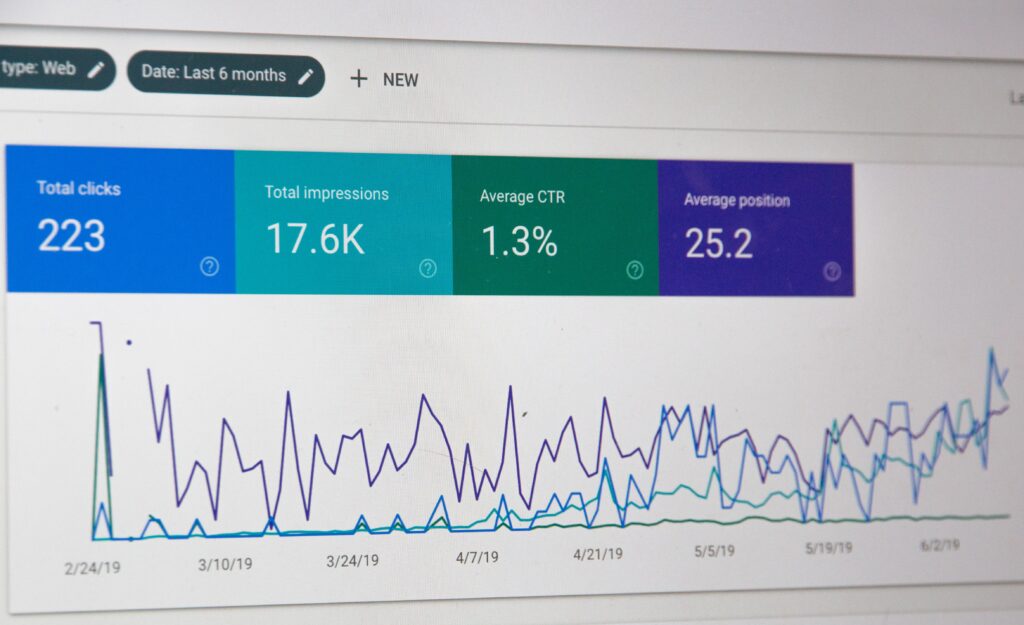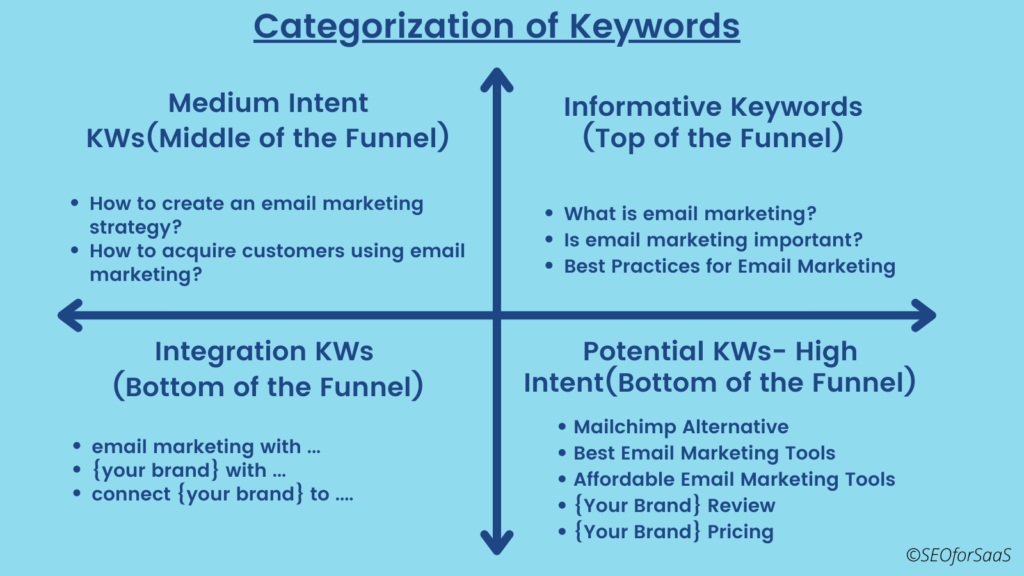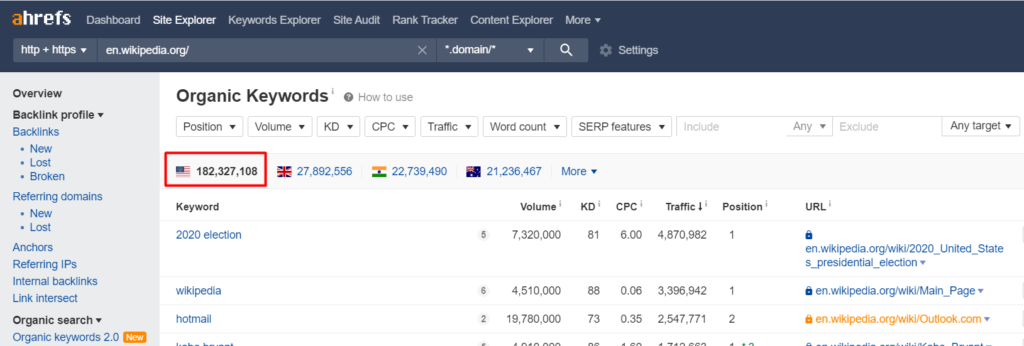Growing a SaaS business from scratch is difficult. It’s even more difficult when you are bootstrapping it without any outside investment. You will need customers to thrive. Paid ads work, but when you are bootstrapping a SaaS from scratch, that is not a viable alternative. So, where should you focus on? Enter SaaS SEO.
SEO is where you should focus on from Day 1 of your business. This is where you will get customers, increase your brand exposure and compound your traffic over time.
In this definitive guide, I will outline a simple yet effective SaaS SEO strategy to help you get started and get your 1st organic customer from Google Search.
P.S:- This guide will be a small overview of the big ocean of SaaS SEO. You can order my SaaS SEO Guide here if you want to learn more about SaaS SEO in detail.
So let’s get started.
- Step #1:- Laying Down Your SaaS SEO Strategy
- Step #2: Research, Research, Research
- Step #3:- Collate, Segregate & Prioritize
- Step #4: Write Pillar Articles That Attract Links
- Step #5:- Offer Free Resources and Tools (The Side Project Marketing Approach)
- Step #6:- Adapt Programmatic SEO to build 1000s of Landing Pages
- Step #7:- Build Links To Boost Rankings
- Final Thoughts
- What’s Next?
Step #1:- Laying Down Your SaaS SEO Strategy

This is a crucial step before you do anything. I have already told you that you should start SEO from Day 1. What exactly do I mean by that?
Well, you should know your competitors on Google, which keywords you want to rank for, which keywords you will focus on, and most importantly, what your priorities are.
So I would highly recommend creating a database of all these things and keeping it handy because this initial research of yours is going to be the groundwork for the long-term SEO success of your SaaS
Pro Tip #1: Always have a google sheet with all this information that is easily accessible. You will need this for many purposes like link building, creating landing pages, spy on your competitor, creating better content, etc.
Things you are going to research & list down are:
- List of competitors
- All the keywords
- Priority keywords ( These are high intent keywords)
Step #2: Research, Research, Research

Without research, your SEO strategy is not going to work. Your initial research strategy will involve extracting the keywords relevant to your business, segregating those with high-priority keywords, categorizing them, and prioritizing them.
What you will need for keyword research is:
- Keywords
- Their Volume
- Their difficulty to rank (you can either use the KD metric from Ahrefs or we can manually check using Mozbar, more info below)
- A tool for keyword research
Tools you can use for keyword research:-
- Ahrefs (My personal favorite. Highly recommended)
- Semrush
- Moz
- Ubersuggest
- Keywords Everywhere
- Google Keyword Planner
Ahrefs, Semrush & Moz are expensive but worth the price. If you are a bootstrapper, I would recommend using Google keyword planner (free), Mozbar (for checking metrics such as DA and PA), and Keywords everywhere.
Bootstrapper Tip #1:- It doesn’t matter which tool you use. What we are looking for are keywords with volume metrics. That’s it. Later we can determine their difficulty just using Mozbar. But it will be really good if you have any of those premium tools I recommended above.
I have explained the keyword research process in detail in my eBook for SaaS SEO.
Step #3:- Collate, Segregate & Prioritize

Here’s what you should do here. Collate keywords as many as possible, segregate them with proper labels that will fit into your marketing funnel, and prioritize them according to business potential.
There are 6 types of keywords you can segregate:
- Informational Keywords ( What is {KW}, How to {KW}, Best ways to {KW}
- High Intent Keywords ( {your brand} pricing, {your brand reviews}
- Comparison Keywords ( {your brand} vs {brand 1}, {your brand} vs {brand 2})
- Branded Keywords (keywords that include your brand)
- Integration Keywords ( people who are looking to connect your services with automation tools, CRM, etc)
- Evergreen Keywords ( There is a strong overlap with informational keywords. These keywords are evergreen, and their search volume never declines it might increase over time due to the popularity of these evergreen topics)
Here’s a graphic from my eBook on SaaS SEO:-

You need to segregate your keywords accordingly and map your landing page and blog for each of these keywords. Maybe you can have a landing page and a blog for Integration keywords.
Blogs for Informational, High Intent, and Evergreen keywords.
Landing page for comparison-based keywords.
Prioritize all of these keywords based on your business potential.
Pro Tip #2: If you want to see if your blog can rank on page 1 and 2 of Google. Do this. Install Mozbar (It’s Free). Search your keyword, Enable Mozbar. Now you can see their DA/PA of all the websites on search results. If you can see a site less than DA 18-20 in the top 10 search results, you can easily come on Page 1 and also in the Top 3 with outstanding content.
Note: This filtering is for those saas sites who are beginners and have less authority on Google. Their DA is usually 5-10. For those who don’t know what DA is, it is a relativity metric defined by Moz to determine the authority of a website.
P.S: I have a big chapter on this segment of SaaS SEO in my eBook. I believe this is a crucial concept and requires thorough detailing, which I have explained in my guide.
Step #4: Write Pillar Articles That Attract Links
I am a huge believer in quality over quantity. It doesn’t matter if you write 1 article a month or 1 article a week; every article you publish must be thorough, crisp, filled with extreme value and actionable steps, a lot of insights, supportive facts (data-driven), and visually appealing.
Pillar articles are those articles that are the cornerstone of that particular topic. These are some of the examples of pillar articles:
- Ultimate Guide to Content Marketing by Hubspot
- The Ultimate Guide to No-Pain Copywriting
- The Ultimate Guide To Saas Pricing Models, Strategies & Psychological Hacks
These in-depth articles automatically attract links because of their informative and step-by-step content.
That is also why Wikipedia English Version Ranks for a whopping 182 million keywords in the United States and has over 3.75 billion backlinks to their website. That is the power of In-depth articles.


Step #5:- Offer Free Resources and Tools (The Side Project Marketing Approach)
Free resources and tools are often a great way to attract quality traffic, acquire organic links to your website, and increase brand exposure over time.
Here are some of the best side projects by big SaaS companies that are still successful and get over 100s of thousands of visitors and a ton of free backlinks:
- Pablo by Buffer (Gets over 98k visitors monthly and has over 22k backlinks)
- Hacker News by Y Combinator ( Hacker News started as a news outlet & now gets over 10M visits monthly)
- Saijo George’s Side Projects ( Saijo George is an Australian SEO Consultant & he has some nice side projects that rank pretty well on Google)
My side project is a Swipe file of Best Tools and Resources in Marketing.
I simply link back to my website at the footer to drive traffic. The side project marketing approach is one of the best ways to attract traffic and links to your site.
Another best side project/free tool was Ahref’s backlink checker.
Ahref saw that there were 100s of people searching for a backlink checker, but all of the tools were paid. They acted. They Launched a free backlink checker & boom. Their tool was on the top of the search.
What did they do?
They combined the power of the Side project + Free tool + Satisfying search intent + making a valuable tool for customers to return.
Results?
They now have 2.8k Referring domains, 868k Backlinks, and a whopping 131k organic traffic monthly.

Step #6:- Adapt Programmatic SEO to build 1000s of Landing Pages
Preetam Nath, Co-founder of Delightchat, recently executed programmatic SEO for their SaaS. The results were astounding.
Search impressions for DelightChat went from 600/mo to 240,000/mo in 90 days.
What is Programmatic SEO?
Programmatic SEO is an approach to publishing SEO-optimized landing pages on a large scale.
If you search for “top things to do in {}”, you will often see TripAdvisor on Google.

They have 1000s of pages like this. It would be crazy to build these pages manually. Programmatic SEO is the way you can build up a large number of pages at scale.
Of course, not every SaaS will require programmatic SEO. But it is good to know stuff.
Preetam Nath launched a course on Programmatic SEO & he got pre-orders worth $6,622 in just 6 days. This shows the demand and curiosity for programmatic SEO.
You can get the course on Programmatic SEO here.
If you don’t want the course, here are some resources where you can learn programmatic SEO:-
Step #7:- Build Links To Boost Rankings
This is a very obvious step in SEO. Without links, you can’t outrank sites with high authority. Links are one of the major factors concerning SEO.
There are many strategies for SaaS Link Building. I already shared a strategy called Side Project Marketing, where you can acquire some real, nice organic links to your site.
Some more strategies that you should know & try:
- Guest Posting ( The Old School SEO Strategy to Build Links)
- Competitor Outreach
- Unlinked Mentions
- Podcast Link Building
- Data-Driven Link Building Strategy ( more detailed info in my upcoming eBook)
- Resource Link Building
- Broken Link Building
- Round-Ups Link Building
- SaaS Review Sites Link Building
- Google Image Reverse Search Link Building
- Mentions Link Building
I know you might not know some of these strategies. But don’t worry; I have covered a lot more strategies than this in detail in my SaaS SEO Guide.
I have included proper outreach templates for free, so you can just plug in and start reaching out to people for links.
Pro Tip #3:- Without having good, quality content on your site, it will be really difficult to start building links. So to begin with, make sure every blog post you write is value-driven and 100% quality-focused, actionable.
Final Thoughts
SEO, in my opinion, is the best way to acquire customers for any SaaS. Why? Here are some benefits:
- It’s free
- You get quality customers.
- You get signups passively without putting much effort once SEO power kicks in.
But as a T-shaped Marketer, here’s my recommendation:
- Focus on SEO from Day 1.
- Always have an Omnichannel presence.
- Try 1-2 more platforms to get traffic ( Eg:- Twitter, LinkedIn, Email Lists)
- Divide energy in a 60-40 ratio. 60% Focus on SEO & 40% Focus on other channels till they grow. (There is no hard and fast rule. It will differ from person to person and their respective skillsets)
- Always keep learning and experimenting with different channels for growth.
What’s Next?
This SaaS SEO guide was just a small overview of how you can get started. In my eBook for SaaS SEO, I have laid down exact step-by-step processes & have covered many topics that I have not even written about in this mini-guide.
You can access my SaaS SEO guide below and start implementing it.




